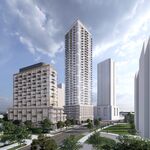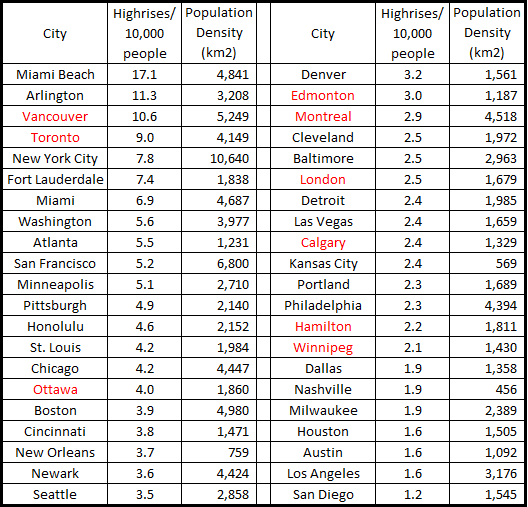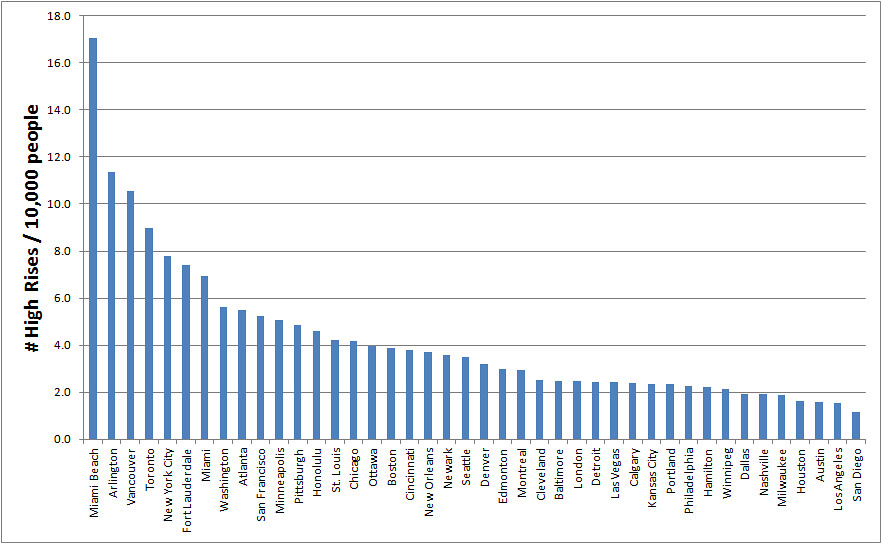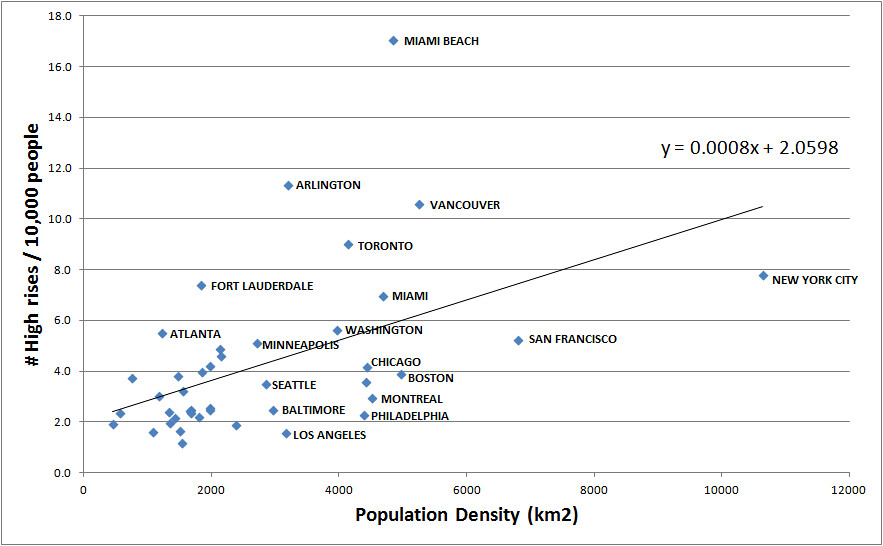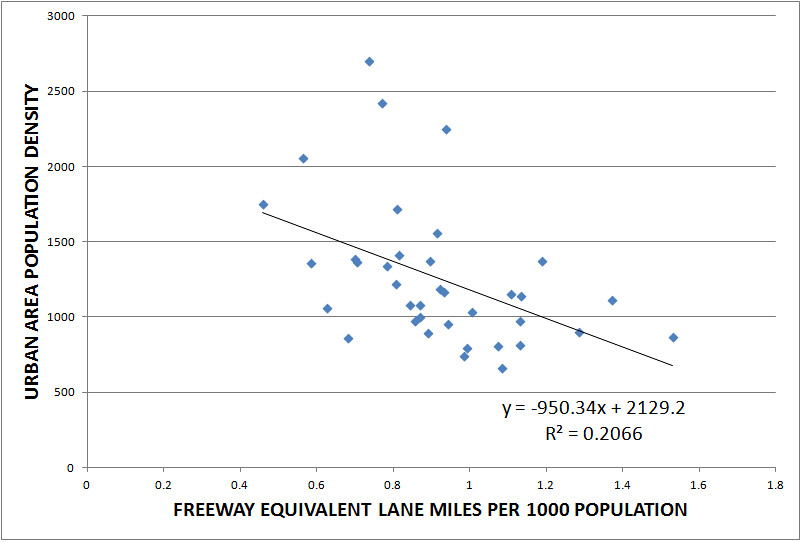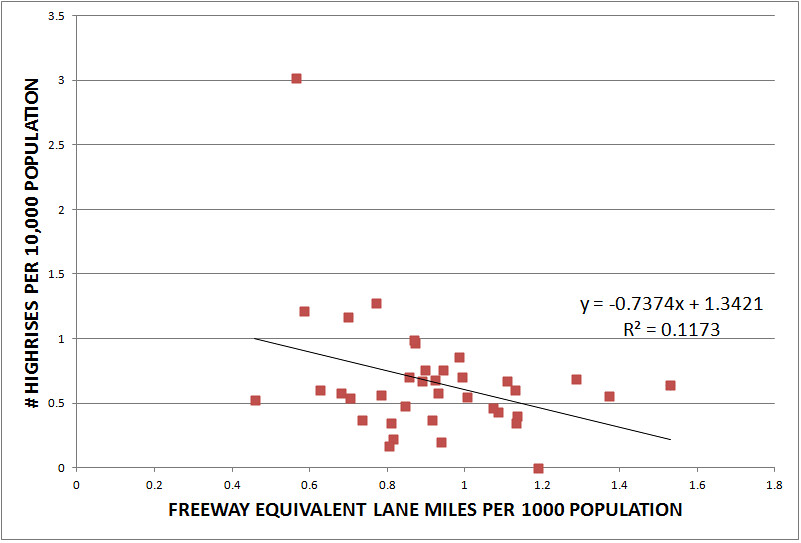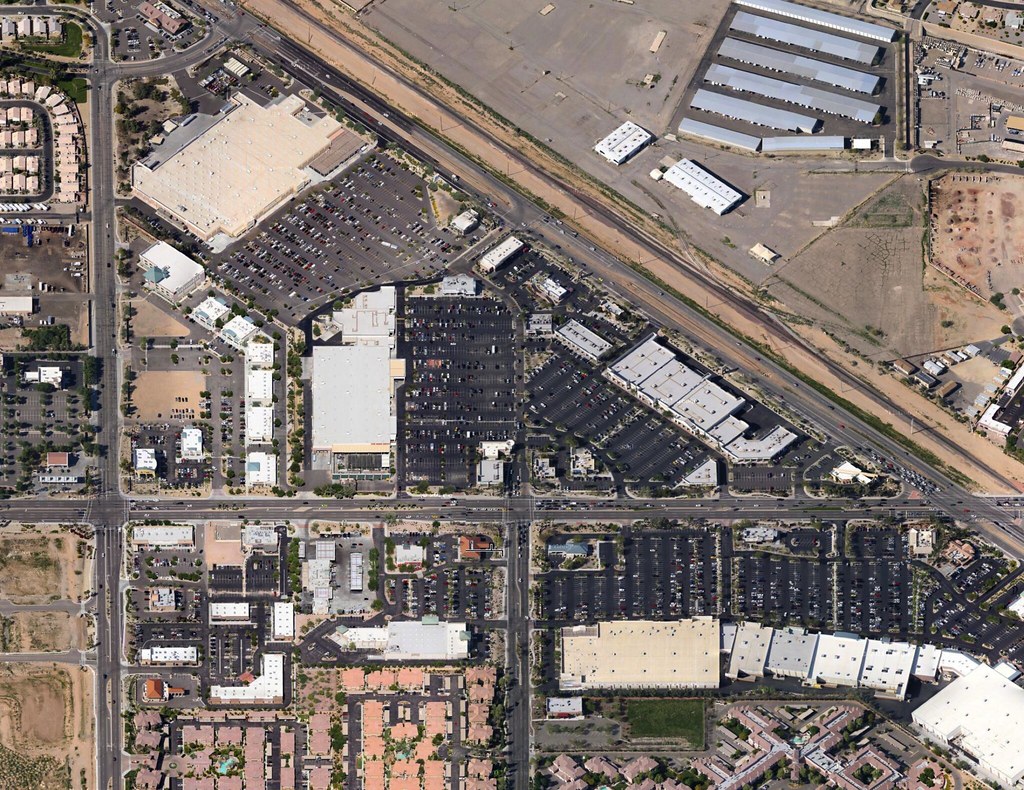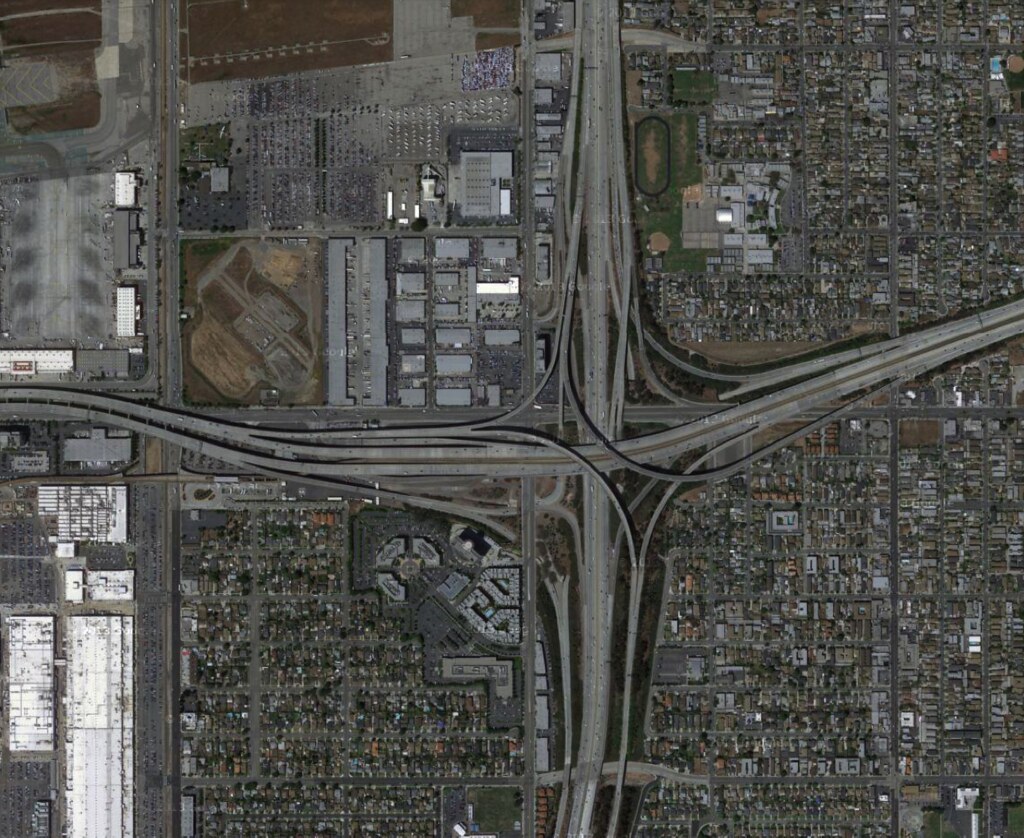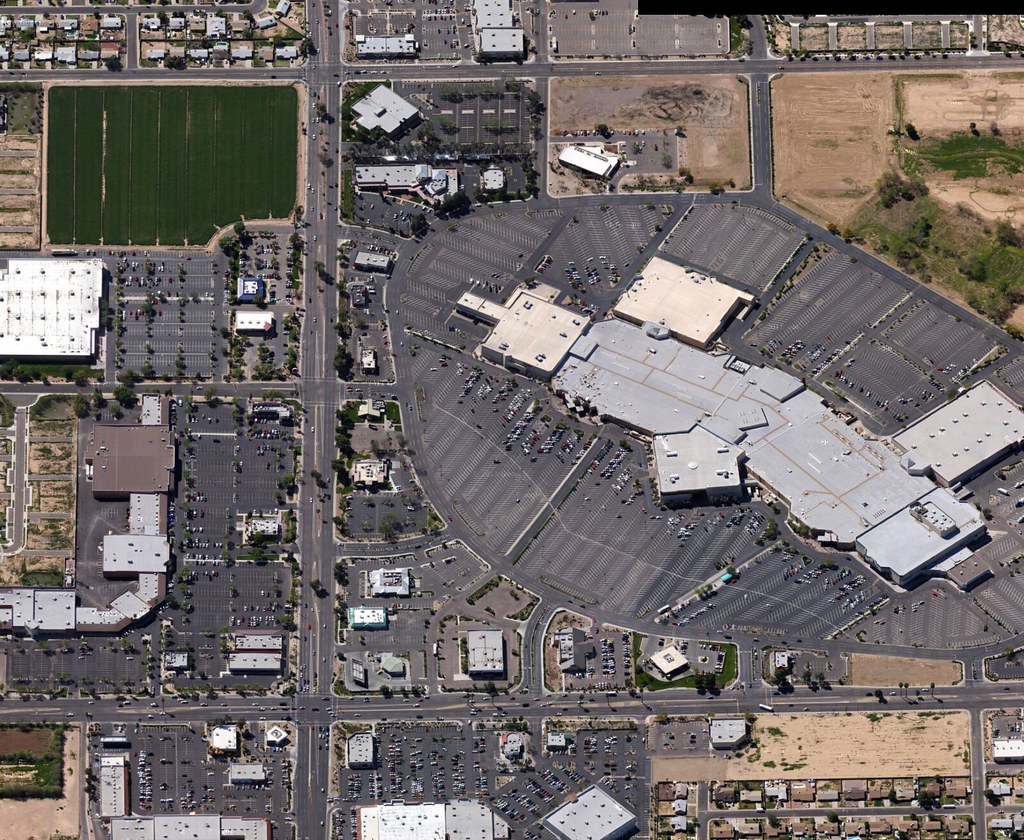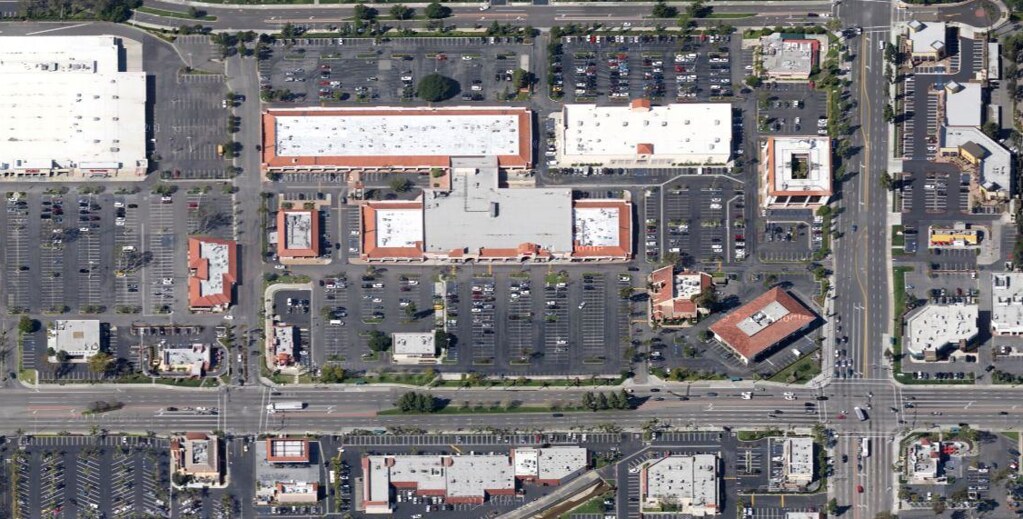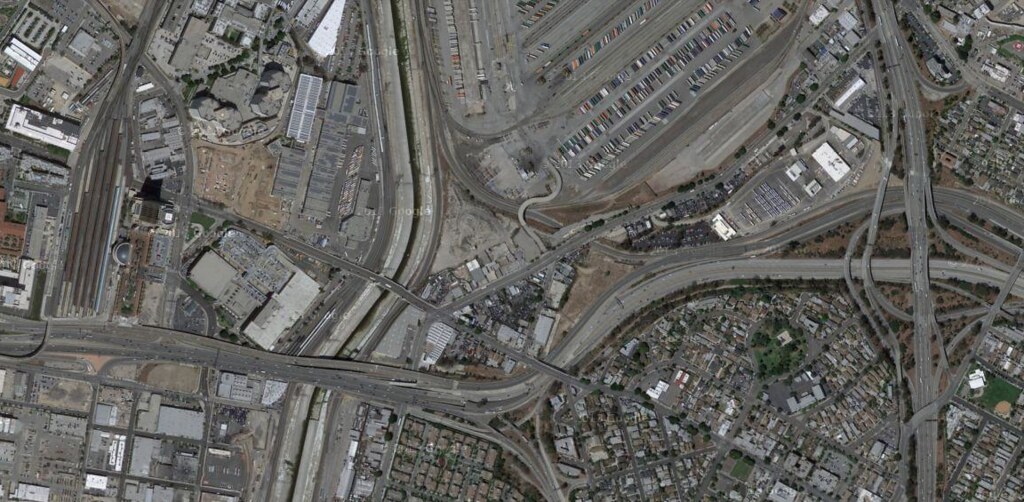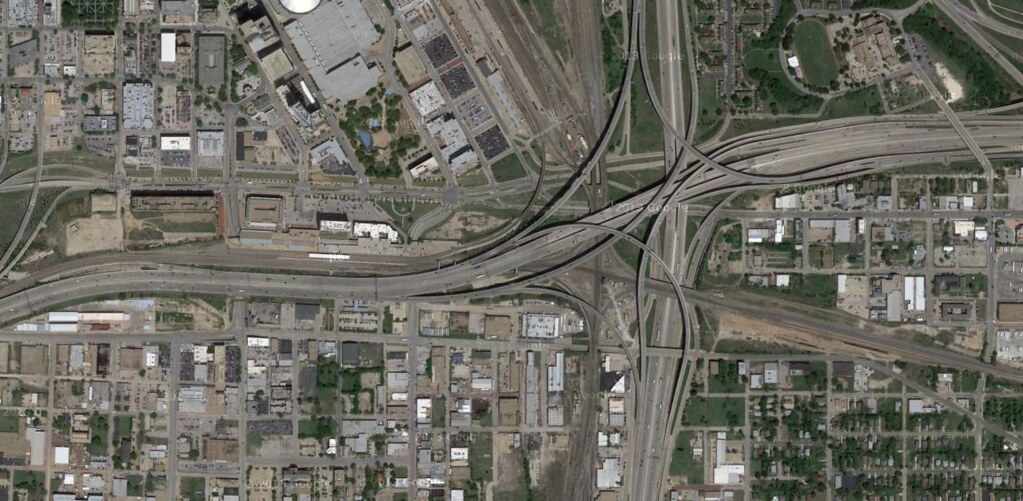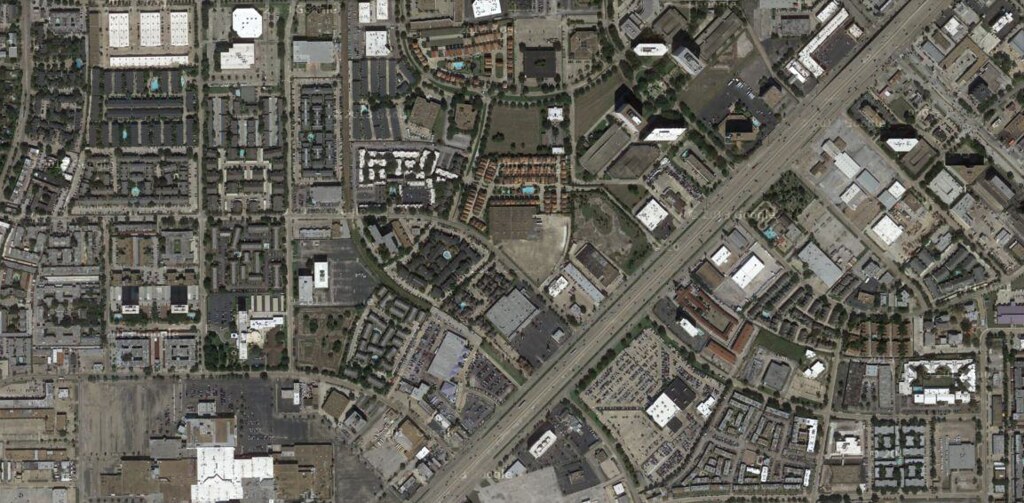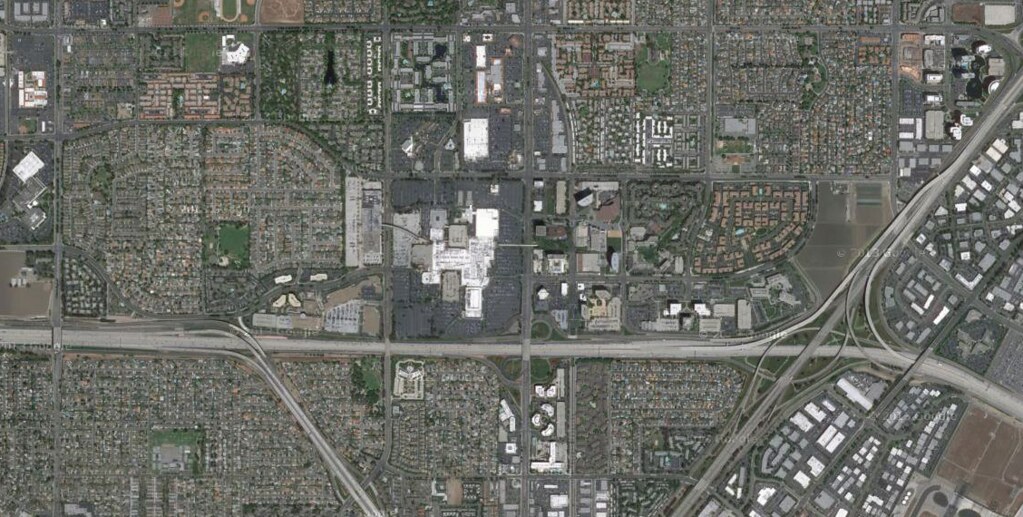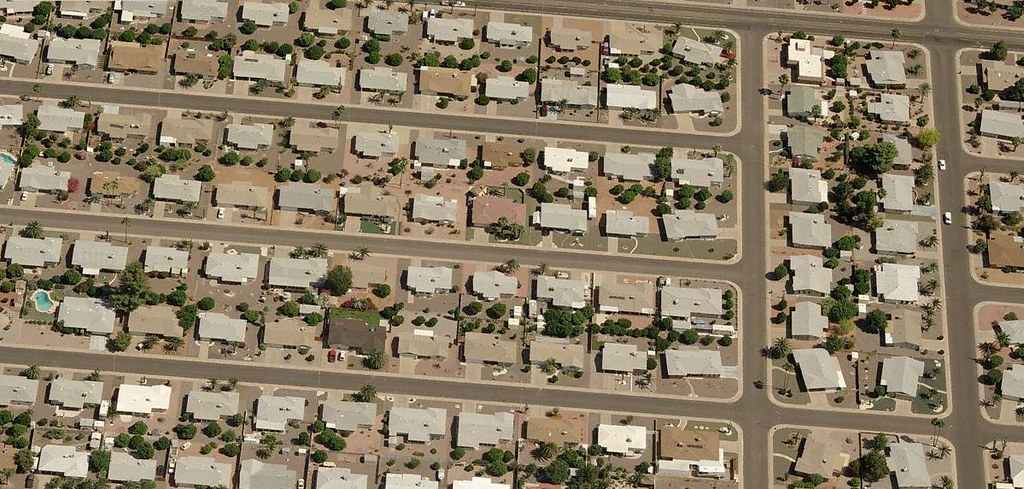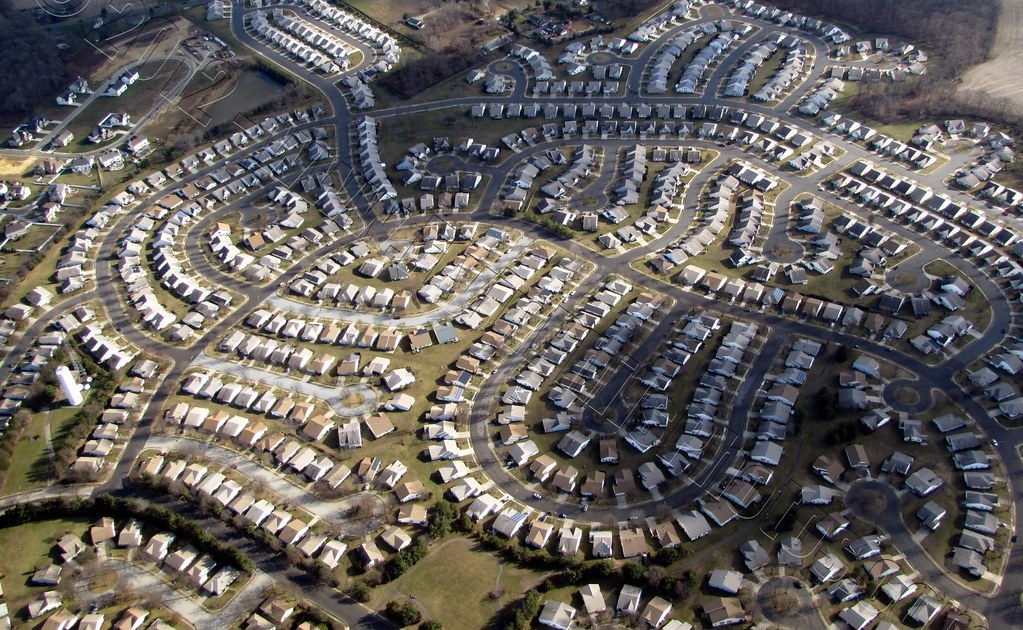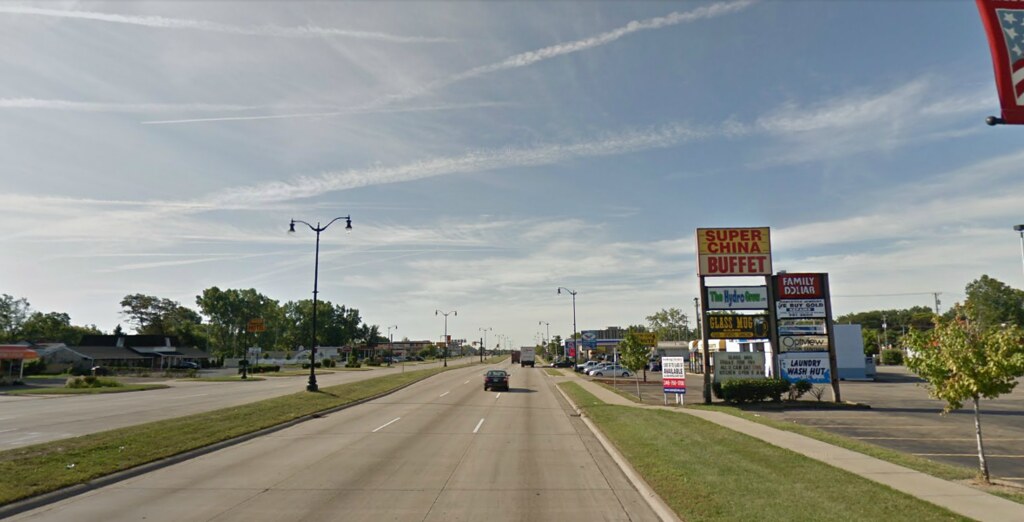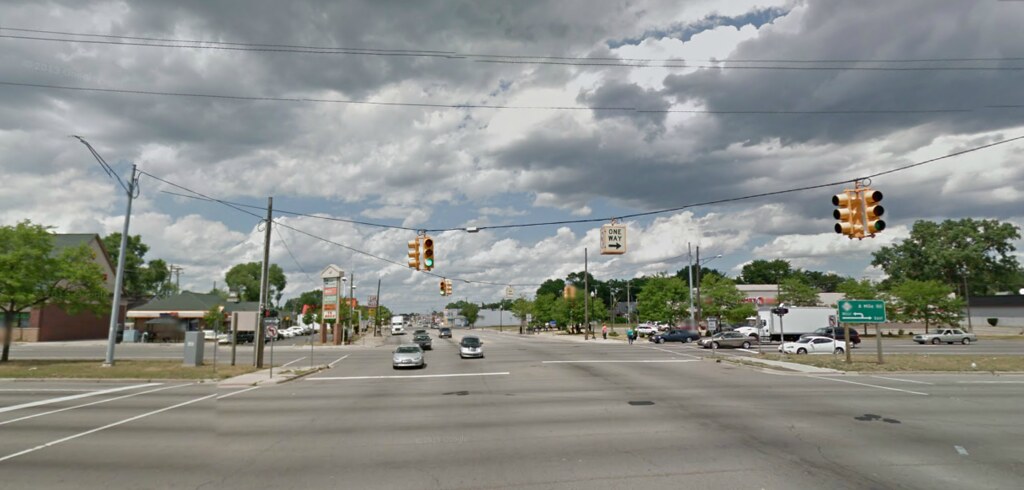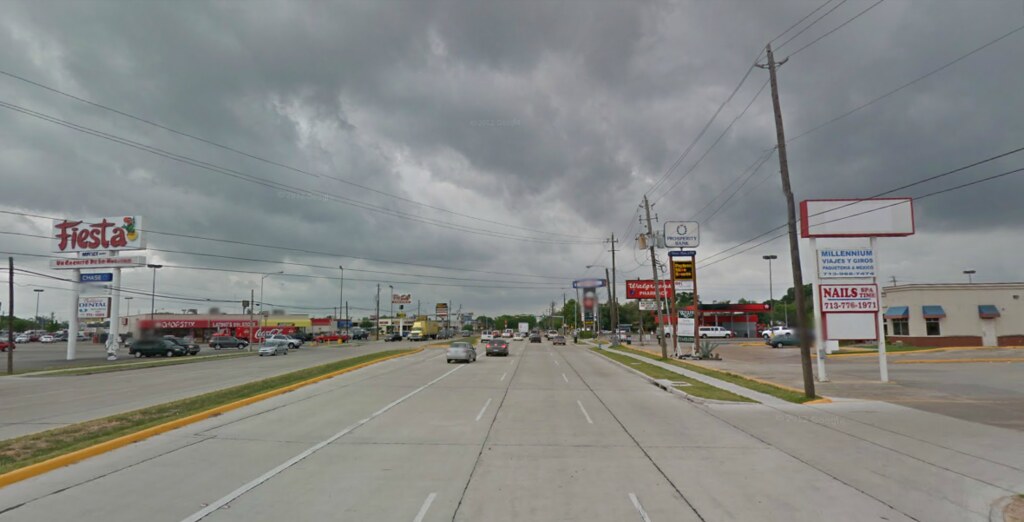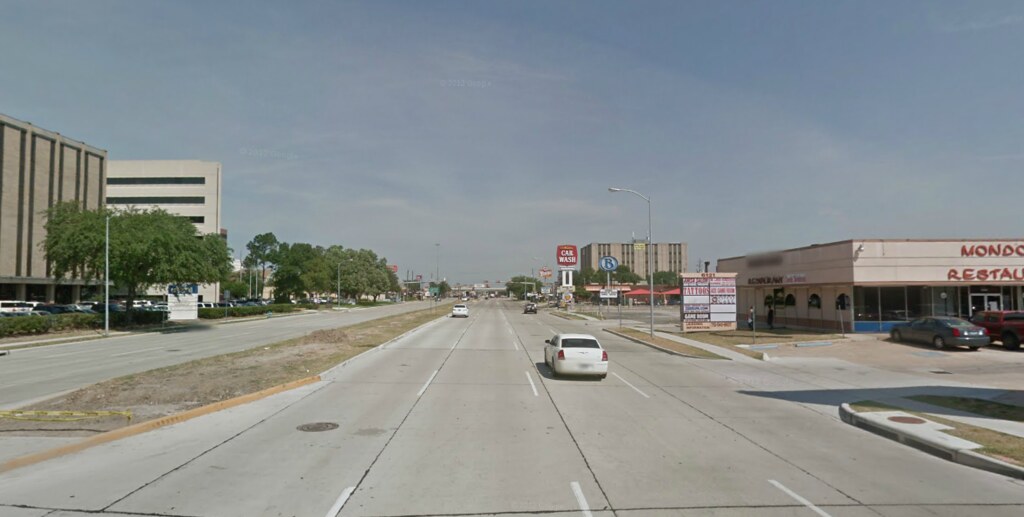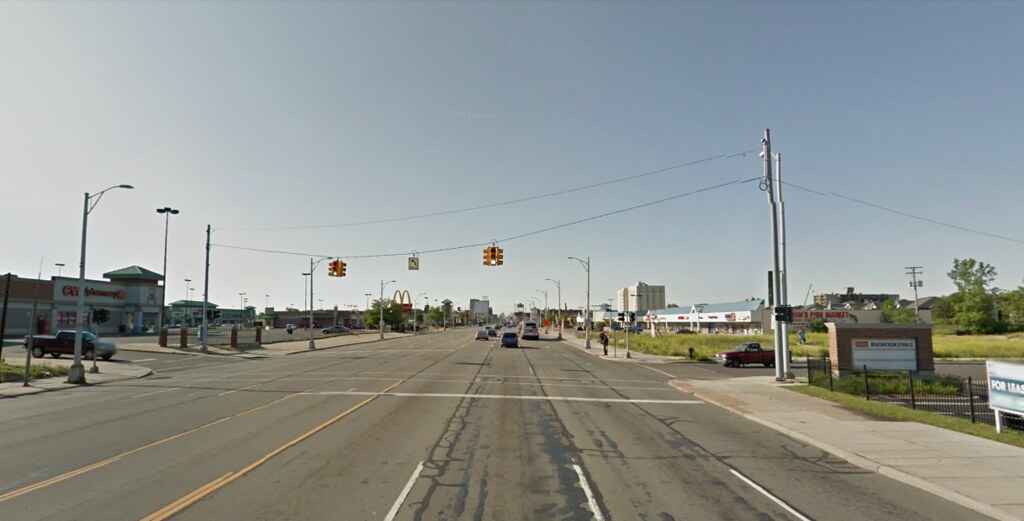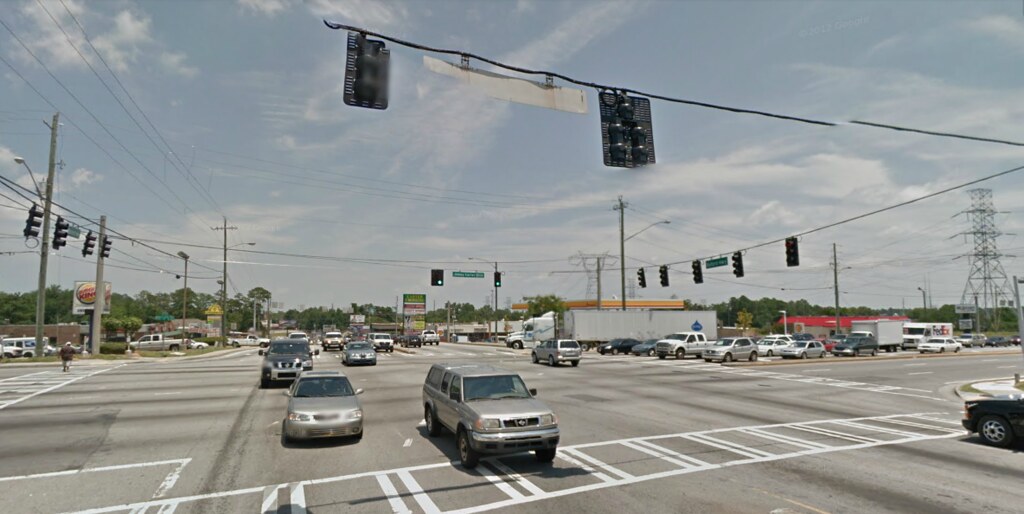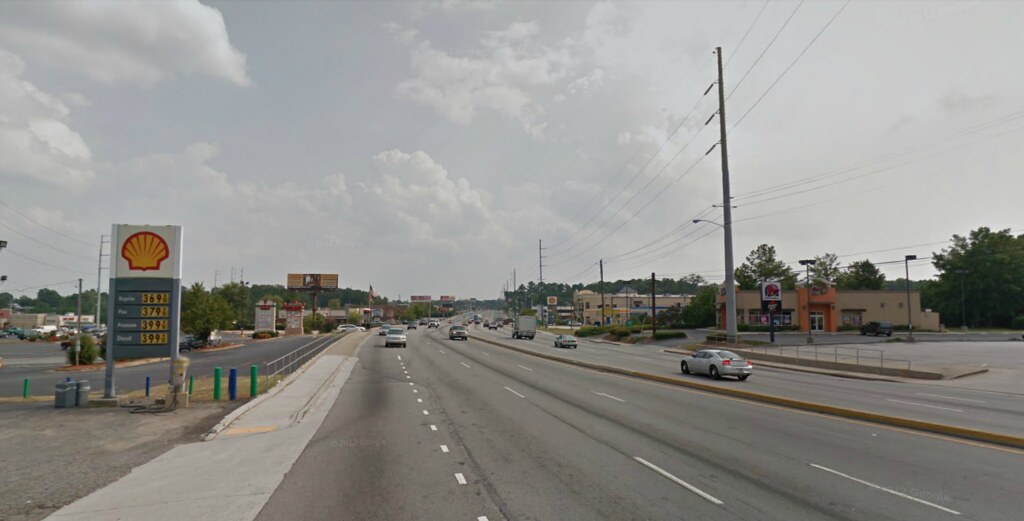doady
Senior Member
I've always wondered why Toronto's inner suburbs have so many high rise buildings. I haven't seen that in any other city in North America.
Actually, most Ontario cities are like that. You can see it in Mississauga, Brampton, Hamilton, London, Ottawa... It's mostly 50s and 60s, although some of the Kaneff buildings in Mississauga are from the early 70s. I think same with Brampton. I remember someone on this forum saying they stopped building them because of rent control, but now apartments are being built en masse again as condominiums.
As of 2011 Census, 35% of households in Mississauga lived in apartments (compared to 39% in detached houses). I wouldn't be surprised if it was over 50% in Etobicoke, North York, and Scarborough.
Mississauga has over 250 high rise buildings (10 storeys or higher), North York is around 500, Scarborough around 300, and Etobicoke over 200 (slightly less than Mississauga). North York has more high-rises than Honolulu, Boston, Philadelphia, etc.
More than half of the high-rises in the Toronto metropolitan area are located in the post-war suburbs. I don't think you can say the same for many other metropolitan areas in North America.
